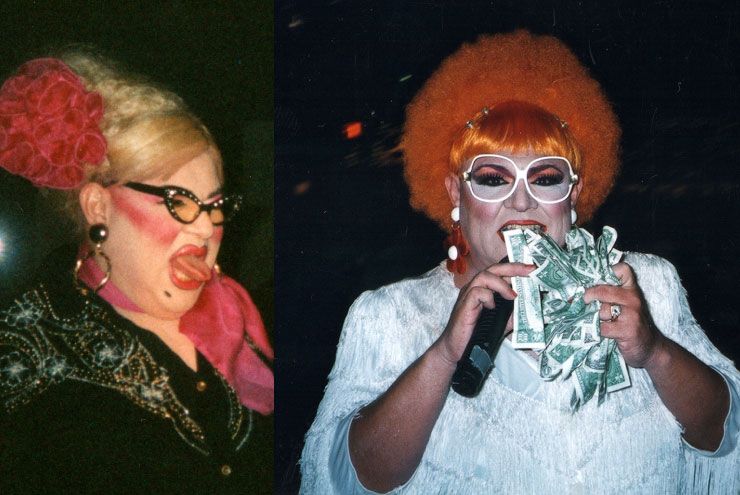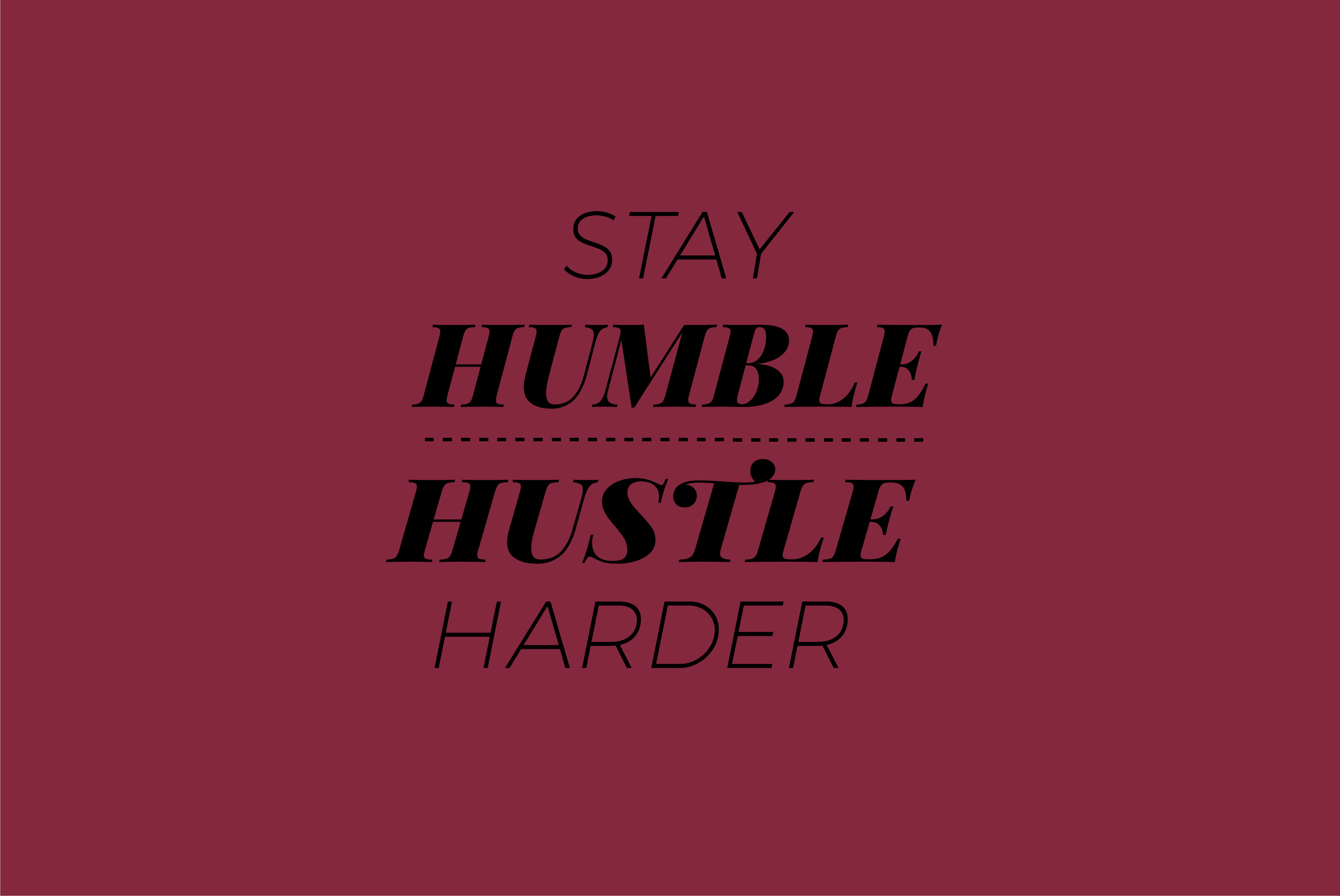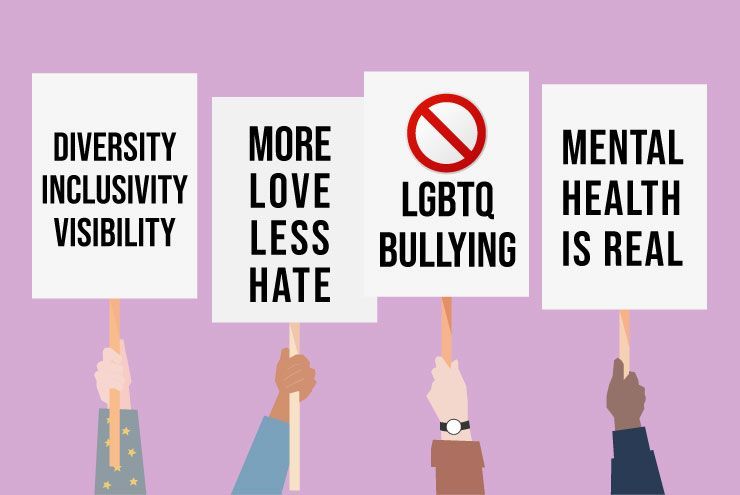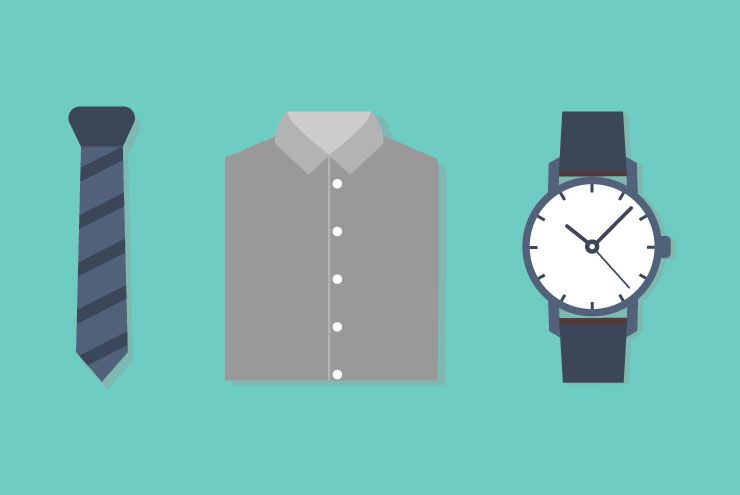By Marco Aquino
Javier Martinez led an illustrious career spanning a 40-year period as the hilarious, sometimes politically incorrect drag persona, Shady Lady.
Beginning in 1976, when Martinez first auditioned for a weekly drag show in McAllen, Texas, up until 2014, when he gave his last performance at the Pegasus Nightclub in San Antonio, Martinez entertained audiences with a unique brand of comedy always stressing pride and unity.
In August 2018, Martinez passed away due to complications from diabetes, leaving a void within the Lone Star state’s LGBTQ community. On the one-year anniversary of his passing, Spectrum South looks back on the indelible impact Martinez, aka Shady Lady, left.
Three years earlier, I interviewed Martinez, then recently retired, for a story in Out in SA magazine. Sitting in his home in San Antonio’s South Side neighborhood, Martinez recalled decades’ worth of memories in a career not only filled with joy and laughter, but loss, pain, and discrimination as well. Countless Barbie dolls, Disney films, and various memorabilia filled the shelves and walls of his living room. It was evident that Martinez was a special man whose public persona was a result of his growing up gay in the harsh climate of the 1960s and ‘70s, combined with his love of childhood fantasy and theatre.
“A shady lady was supposed to be a wild woman, like a girl with a bad reputation,” Martinez told me. “People thought that the character I was on stage was the way that I was all the time. So I had to work harder for people to give me respect, but that came with time. They thought that I was always laughing, that I was always crazy…but it wasn’t always like that. Sometimes I had problems—in other words, I wasn’t always living it up all the time. Nobody wanted to see an entertainer singing the blues, everyone wanted to have a good time…”
Martinez’s first gig as Shady Lady was a dangerous one.
The bar Shady performed at had big glass windows and was located in downtown McAllen next to a bus station. Every now and then, someone would throw a stone through the window. “When we would go out of the bar, we would always go out in a group, because if they would catch anyone by themselves, they would beat them up,” Martinez said. “And the cops always looked the other way.”
In 1984, Shady was recruited by Raphael Ruiz de Velasco to perform at the Copa, a bar he managed in San Antonio. Two years later, she moved to San Antonio to become a regular performer.
Located at the corner of Main and Evergreen, the Copa would go through various incarnations over the years, eventually becoming the legendary Saint Nightclub of the 1990s when Ruiz de Velasco became owner. At the Saint, Shady Lady first gained her reputation for rolling on the floor, singing and cursing in Spanish, and commanding audiences in the hundreds on any given night of the week. “When I was working at the Saint, we had this girl—Casey Starr,” Martinez recalled. “She would get on stage and start twirling down the steps and all around the dance floor…So one day, I come out and the people started chanting for me to twirl. I said, ‘Fuck that, I’m not gonna twirl! The only way I could do that would be lying down and it would be rolling.’ So people started chanting for me to roll!”
And so, it was then that Shady Lady became known for rolling across the bar’s dance floor for tips. First, she would circle the bar collecting as much money as possible. “Maestro!” she would call out. “Can I get some rolling music please!?” Then, to the tune of the 1993 hit “Dunkie Butt,” Shady would drop to the floor, giving club-goers exactly what they wanted.
In the 1990s, before the age of the internet and social media, gay bars functioned beyond simply being late-night entertainment venues. They were safe spaces where LGBTQ youth could explore their identities without the fear of being ostracized. In other words, you could learn something about yourself in a gay bar.
Under Ruiz de Velasco’s management, the drag community in San Antonio experienced what many have called a golden era. Pauletta Leigh, Amanda Hall, Sweet Savage, Casey Starr, Naomi Sims, Donna Day, and Tasha Kohl were all regular performers. “It was unbelievable,” Martinez said. “We were treated like stars…like real stars. He [Ruiz de Velasco] made people respect the entertainers. It was about respect and making us look good. And because of that, it made his place look good.”
Among the reigning queens was the late drag legend Erica Andrews who performed alongside Shady Lady well into the late 2000s. Andrews wowed audiences with her stunning portrayals of Jessica Rabbit and Joan Crawford, while Shady Lady gave comedic yet subversive performances lip-syncing to Nancy Sinatra’s “These Boots Were Made For Walking.” “We were a team,” Martinez said of Andrews. “On stage, she was beautiful, and then I would follow her with my comedy and that worked. Or, I would go first with my comedy, looking like hell, and she would follow me and she would look gorgeous. We complemented each other…you know what I’m saying?”
After Andrews’ untimely passing in 2013, Shady revealed that performing on stage had become too painful and called it quits soon after.
Greg Hinojosa, who produces the annual Fiesta Frenzy drag ball and fundraiser for the LGBTQ community says Shady Lady was a pioneer in the art of drag. “I think she opened the door for gay men who express themselves through the art of drag, and it didn’t matter whether you were pretty, or thin, or fat, tall, short, brown, white…whatever,” Hinojosa says. “She stayed true to herself and she never compromised what she wanted to do as a drag performer, a comedian, and she was capable of giving back to the community through that.”
Perhaps the best example of Shady Lady’s lasting influence is Tencha la Jefa, one of San Antonio’s premier drag performers. “She’s the reason I do what I do,” Tencha says.
Incorporating comedy, bilingual chatter, and an underdog aesthetic, Tencha’s performances most closely resemble the traditions once embraced by Shady Lady. And just like Shady, Tencha la Jefa is a nod to the unique, majority Mexican American population that calls South Texas home.
For Robert Salcido, executive director of the Pride Center San Antonio, going to a Shady Lady show was among his earliest memories after moving to the Alamo City in 2001. “She was a treasure who made everyone feel like they had a place in the San Antonio queer community,” he says.
Artist and writer Anel Flores remembers going to the Saint Nightclub in the 1990s during her college years and credits Shady Lady for giving her the courage to be herself, an outspoken gender non-binary queer woman. “Sometimes I don’t know how I even passed my classes because I went to see Shady Lady on Thursdays, Fridays, Saturdays, and Sundays at the Saint for her show,” Flores says. “Besides the humor and love she shared with us, the activism and wisdom she shared with all the gaybies at the club gave me the spirit and energy I needed to survive and keep fighting for equality in the arts, at home, in the streets, within my own community, and even in the club. I owe much of my ánimo to her fierceness and drive.”
Photographer Julián P. Ledezma remembers Shady as an outspoken figure whose protective nature came through in her shows. While she was known for teasing and poking fun at her audience, Shady was also quick to call out misconduct. Ledezma recalls an incident when someone threw a banana on stage and disrupted a performance. “That’s not part of my show!” Shady called out as she had the offending audience members removed from the club.
Indeed, Shady Lady treated the bar’s dance floor and stage as a special place where everyone was treated equally. Although the LGBTQ community continues to face many hurdles, the dance floor has always been a judgement-free zone. “I never paid attention to whether you were a doctor or a shoe shiner,” Martinez said. “I would say it all the time on the mic…‘When you walk through the doors into this bar, you’re not a lawyer, you’re not a banker, you’re not anything. You’re just here to have a good time’…and I guess when I would say things like that, people liked it.”
As we commemorate the 50th anniversary of the Stonewall Riots this year, let’s not forget the everyday people who contributed to the modern LGBTQ rights movement by simply being themselves.
Of course, drag queens have always been at the forefront of the movement. Before 1969, crossdressing was often criminalized and gay bars were always at risk of being raided.
In 1976, Shady Lady was among the first generation of drag performers throughout the country who could practice their art without the fear of being terrorized by local law enforcement. Long before the Supreme Court legalized gay marriage in 2015, and decades before RuPaul’s Drag Race brought drag to the mainstream, Shady Lady made people laugh in the face of adversity.
Shady Lady was more than a drag queen. She was a leader who taught us all to love and be kind to one another. And she was a fierce defender of her community. “I made people laugh and forget their problems,” Martinez said. “And really, more than anything, I made a lot of people that weren’t feeling proud…I made them feel proud of who they were.”








JD Doyle
August 5, 2019 at 12:04 PMVery nice article, and I know it wasn’t intended to be an obituary, but how old was she when she died?
I want to add this as an obit to my site TexasObituaryProject.org.